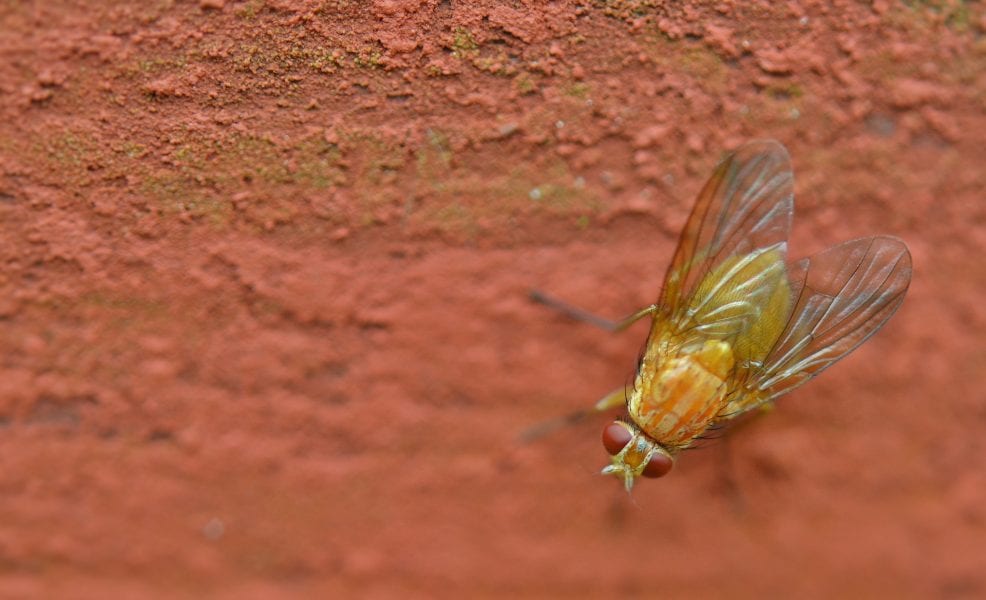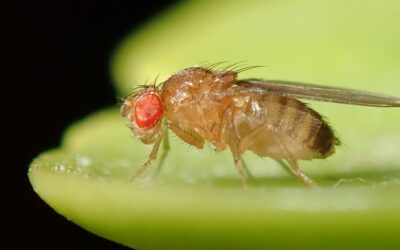A focus article recently published in WIREs Developmental Biology provides a general picture of the physiological approaches used in the model organism Drosophila to record neuronal activity. The fruit fly Drosophila is an advantageous model system for genetic and molecular studies of the neuronal communication and behavioural learning. The article highlights the main toolkits used in the field to study the neuronal communication in Drosophila, pointing out the strengths and weaknesses of each technical approach.
Neurons communicate by synaptic transmission, releasing transmitter molecules, and this activity can be monitored by recording electrical responses from the receptor cell. The article provides an overview of how synaptic transmission is assayed in the Drosophila neuromuscular and central nervous systems. Larval neuromuscular junction is the most common experimental preparation which provides numerous technical advantages, such as robustness, large and identifiable muscles, and innervation which can be readily visualized. The problem of lethality in mutant lines can be addressed using the embryonic preparation. Finally, recordings from adult flies are instrumental in the studies of temperature-sensitive paralytic mutants.
Genetic studies of behavioural learning in Drosophila compel an investigation of synaptic transmission in the central nervous system, including cultured neurons and an intact brain. In particular, in vivo recordings of synaptic transmission from the neurons in the olfactory pathway represent a very powerful approach, which has a potential to elucidate how synaptic transmission is associated with behavioural learning. The review discusses experimental techniques that allow monitoring synaptic transmission in these preparations.
Text contributed by Maria Bykhovskaia.














